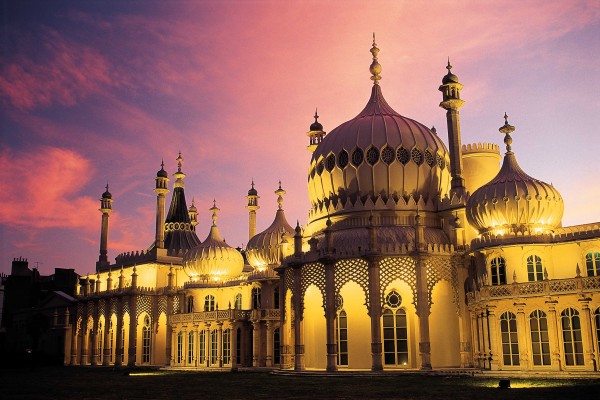
History of Brighton
Brighton was a fishing village settlement in the early 11th Century, and was mentioned in the Domesday Book, called ‘Bristelmestune’. This was changed to ‘Brighthelmstone’ by 1514, when the city was burnt to the ground by French raiders, and very little of the city from this time survived (part of the St Nicholas Church and ‘The Lanes’ street pattern).
The city rebuilt, and during the late 1700s became fashionable as a seaside resort, with many Georgian terrace townhouses being built around this time. The Prince Regent spent much leisure time in the town and built the Royal Pavilion as a seaside retreat with fabulous Indian style architecture and extravagant interiors, and around this time ‘Brighton’ became known as ‘Brighton’ rather than ‘Brighthelmstone’.
In 1841 the London and Brighton Railway was built for day-trippers from London and many attractions were built in this Victorian era, including the Grand Hotel, West Pier and Palace Pier.
Brighton was granted city status by the Queen in 2000 and is sometimes referred to as ‘London-by-the-sea’. Brighton is well known for ‘The Lanes’ – a collection of narrow lanes famous for small shops including many jewellery and antique shops.
Some things to do in Brighton:
- The Royal Pavilion
- Brighton Pier
- Brighton Sea Life Centre
- Brighton Marina
- Theatre Royal
- Brighton Dome Concert Hall
- Brighton Museum and Art Gallery
- Booth Museum of Natural History
- Brighton Toy and Model Museum
- Brighton Fishing Museum
- The lanes
- Brighton Train Station
- Preston Manor
For more information, click here www.visitbrighton.com


